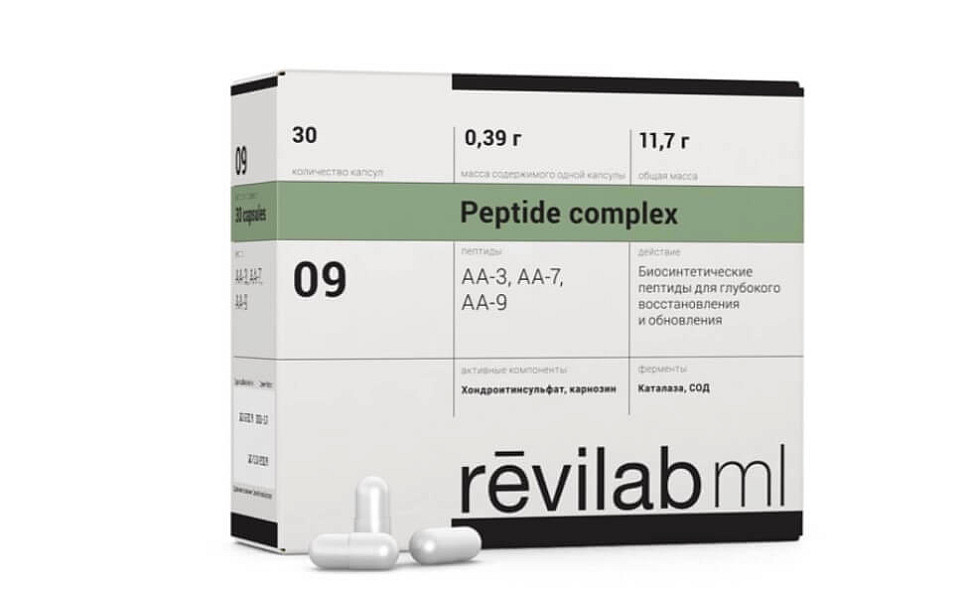Rheumatism

Rheumatism is an autoimmune disorder that can affect various organs and systems of the body. The article considers early signs of rheumatism and methods of its treatment.
Rheumatism of the cause:
Rheumatism is an inflammatory disease of toxic and immunologic origin. The disease is systemic and primarily affects connective tissue, especially the heart. People who have a genetic susceptibility to rheumatism and who have group A streptococcus (ß-hemolytic bacteria) are at increased risk of developing this disorder.
In medically advanced countries, rheumatism occurs in about 5 people per 10,000 people. Most people (85-90%) notice their first symptoms before age 14, while 10-15% show signs later in life.
At the end of the 19th century, rheumatism was fatal in 35-45% of cases, and more than 65% of patients developed heart defects that could not be corrected by the medicine of the day. However, due to the widespread use of antibacterial drugs, the incidence of rheumatism has decreased significantly. However, complications of the heart remain one of the leading causes of disability among the working-age population.
Rheumatism: causes of occurrence
Rheumatism is caused by group A ß hemolytic streptococci and most commonly occurs after upper respiratory infections such as tonsillitis or pharyngitis, especially after lymphoid tissues are affected in the pharynx. Rheumatism is a complication that progresses slowly and subtly.
Importantly, rheumatism does not occur in anyone infected with ß hemolytic streptococcus, but only in those with an impaired immune system. Statistically, rheumatism occurs in only 1 to 3% of people who have had the infection.

Rheumatic causes may include
Scarlet fever is an infectious disease that causes a rash on the skin, inflammation of the lymphoid tissues of the pharynx, and symptoms of general toxicity, such as fever, weakness, and headache.
Angina is an infection with sore throat, redness of the tonsils, and a plaque over the tonsils. It may be accompanied by fever.
Pharyngitis, an inflammation of the lining of the pharynx, can also cause rheumatism.
However, these disorders are not always caused by group A ß hemolytic streptococci and are not guaranteed to cause rheumatism.
Risk factors for rheumatism
Doctors identify a group of risk factors for rheumatism in men and women. Moreover, it is important to understand that this group plays a special role for the prevention of the appearance and development of inflammatory toxicoimmunological disease. Here it should be noted:
A history of nasopharyngeal infections
Age 6 to 7 to 15 years
Having rheumatism in the mother or father
Congenital connective tissue deficiency in one or both parents
Acute streptococcal infection
Genetic predisposition
Numerous medical studies have identified a genetic predisposition to rheumatism. This is confirmed by the frequent occurrence of inflammatory disease in children whose parents have rheumatism. But no specific inheritance mechanism has yet been identified.
Symptoms of Rheumatism
Rheumatism most often manifests between the ages of 6 and 15 after a streptococcal infection. After the acute stage, the disease can develop into an occult form, in which symptoms may be absent or manifest as sleep problems, joint pain, and low-grade fever.
Symptoms of rheumatism at the initial stage may vary depending on the patient's age and the presence of chronic diseases.
Rheumatism: Symptoms in adults
In the stronger sex and in women over 15 years of age, rheumatic symptoms tend to start worrying gradually. During the early stages of development, symptoms are mild.
Among the main signs of rheumatism in adults are:
Joint inflammation
Carditis
A specific rash, specifically erythema annulare
increasing body temperature.
Rheumatism in adults and children is a systemic inflammatory process. In severe cases, body temperature can rise to 39 degrees and combined with severe headaches, drowsiness, increased sweating.

Rheumatic therapeutic diet
In this disease, a special diet is not compiled. But doctors focus on the fact that in any case, it is important for the patient to eat well. It is advisable to eat at least 1 g of protein per 1 kg of patient's body weight daily. It is these substances can rightly be considered a kind of building material that helps the body to fully recover after the harmful effects of infection. Fruits and vegetables containing B vitamins are also needed.
Rheumatic complications
Rheumatism, a systemic disorder, is not life threatening in itself. However, the complications it can cause can have serious and even irreversible consequences. Among the major possible complications of rheumatic fever are heart valve insufficiency, stenosis, arrhythmias, thromboembolism, and chronic heart failure. Cardiac scarring impairs heart rhythm and rate, which in turn impairs blood flow.
Rheumatism prophylaxis
There are two main approaches to preventing rheumatism: primary and secondary. Each of them has its own characteristics, which will be described in more detail by a rheumatologist.

Primary prevention
Primary prevention of rheumatism is timely and correct treatment of upper respiratory tract diseases with antibacterial drugs. Effective treatment of sore throat and pharyngitis helps shorten the time the body is in contact with the streptococcal infection, which is the main cause of rheumatism.

